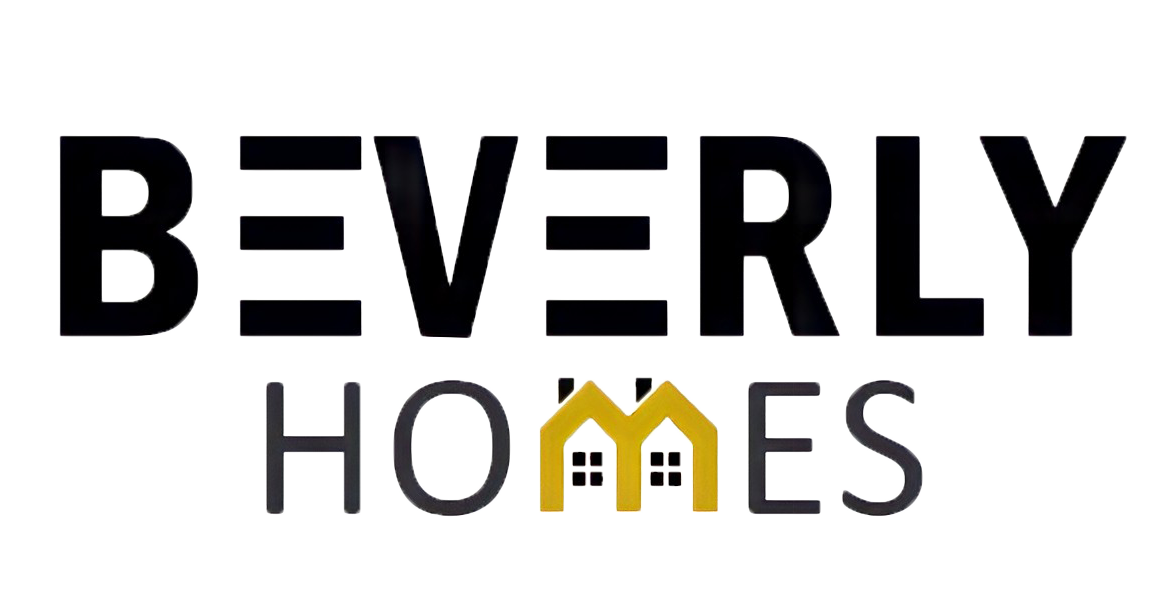Are you planning to build your dream home on a sloping block? The picturesque views and unique architectural opportunities such terrain offers can be truly enticing. However, constructing on uneven terrain can also be a daunting task, especially when you have budget constraints to consider. Fear not! With the right approach and a touch of creativity, you can turn this challenge into a rewarding experience. In this article, we will walk you through the top 7 tips for building on a sloping block on a budget, ensuring you create a home that perfectly blends with the landscape without burning a hole in your pocket.
Tips for Building on a Sloping Block
1. Understanding the Sloping Block
Before you embark on your building journey, it’s crucial to understand the characteristics of the sloping block you’ll be working with. The extent of the slope, its orientation, and soil composition all play vital roles in the design and construction process. Understanding these factors will help you make informed decisions and avoid costly mistakes down the line.
2. Site Analysis and Design Considerations
Conduct a comprehensive site analysis to identify the opportunities and challenges presented by your sloping block. Carefully consider the layout and positioning of your future home to optimize the use of the terrain. Clever design considerations can lead to cost savings and unique living spaces that embrace the natural beauty of the slope.
3. Choosing the Right Architect and Builder
Collaborating with professionals experienced in working with sloping blocks is essential. They can provide invaluable insights, innovative solutions, and ensure the project stays within your budget. Take the time to research and select the right architect and builder who can turn your vision into reality without compromising on quality.
4. Foundation and Structural Integrity
A strong and stable foundation is paramount when building on sloping terrain. Opt for appropriate foundation options that suit the slope’s characteristics. By investing in the structural integrity of your home, you can prevent potential hazards and additional costs in the long run.
5. Maximizing Natural Resources
One of the advantages of building on a sloping block is the opportunity to harness natural resources efficiently. Embrace passive design techniques to maximize energy efficiency and minimize ongoing utility costs. Consider incorporating sustainable practices and materials that align with your budget and environmental values.
6. Cost-Effective Materials and Construction Methods
Creating a budget-friendly home doesn’t mean sacrificing quality. Research and explore construction materials and methods that strike the right balance between affordability and durability. Smart choices in this area can significantly impact your overall project expenses.
7. Creative Landscaping and Outdoor Spaces
Your sloping block provides a canvas for creative landscaping and outdoor areas. Design spaces that seamlessly integrate with the natural contours, offering functional and aesthetic appeal. With careful planning and some DIY efforts, you can save costs on landscaping without compromising on beauty.
8. Managing Drainage and Erosion
Effective drainage is crucial when building on sloping terrain to prevent water-related issues. Poorly managed drainage can lead to erosion, compromising the stability of your home’s foundation. Implementing proper drainage systems and erosion control measures will safeguard your investment and save you from potential repair costs in the future.
9. Permits, Regulations, and Insurance
Building on a sloping block may come with specific permits and regulations that differ from flat sites. It’s essential to be aware of these requirements and ensure you obtain all necessary approvals before commencing construction. Additionally, don’t forget to secure appropriate insurance coverage to protect yourself from unexpected events during the building process.
10. DIY vs. Hiring Contractors
As an aspiring homeowner on a budget, you might be tempted to take on some DIY projects. While DIY can save costs, it’s crucial to assess your skills realistically. Some tasks may require professional expertise to ensure safety and compliance with building standards. Weigh the pros and cons of DIY versus hiring contractors for different aspects of the project.
11. Project Timeline and Phasing
Building on a sloping block may require careful phasing of the project to manage costs effectively. Create a realistic timeline that considers the sequence of construction tasks and their dependencies. Proper phasing can help you allocate resources efficiently and avoid financial strain during the building process.
12. Innovative Space Utilization
Sloping blocks present unique opportunities for innovative space utilization. Embrace the contours of the land to create multi-functional rooms and storage solutions. Utilize every inch of space creatively to enhance the functionality and aesthetics of your home.
13. Avoiding Common Mistakes
Learning from the experiences of others can save you from costly errors. Identify common mistakes made when building on sloping blocks and take proactive measures to avoid them. Proper planning, thorough research, and professional guidance will minimize the risk of encountering significant setbacks during construction.
Conclusion
Building your dream home on a sloping block can be a fulfilling endeavor if approached with the right mindset and strategy. By understanding the unique features of your site, hiring the right professionals, and making cost-effective choices, you can create a stunning and functional home that complements the natural beauty of the terrain. Embrace the challenges as opportunities for creativity and innovation, and you’ll find that building on a sloping block on a budget is an achievable goal.
view our projects
Can I build a cost-effective home on a steep slope?
Absolutely! With careful planning and smart design choices, you can build a cost-effective home that maximizes the potential of your sloping block. Working with experienced professionals and utilizing the slope's features can lead to unique and budget-friendly solutions.
Are there any specific building codes for sloping blocks?
Yes, building codes and regulations can vary depending on your location and the degree of slope. It's essential to consult with local authorities and obtain the necessary permits before starting construction.
How can I prevent erosion on my sloping block?
Implementing proper drainage systems, using erosion-control techniques, and strategic landscaping can help prevent erosion on your sloping block. These measures will protect your property from potential damage caused by water runoff.
Should I hire an architect for a small budget project?
Yes, hiring an architect, even for a small budget project, is beneficial. They can provide valuable insights, optimize space utilization, and suggest cost-effective design solutions that you may not have considered.
Can I use salvaged materials for construction on a sloping block?
Using salvaged materials can be a cost-effective and eco-friendly choice. However, ensure that they meet safety and quality standards and work with your builder to incorporate them effectively into the construction process.








